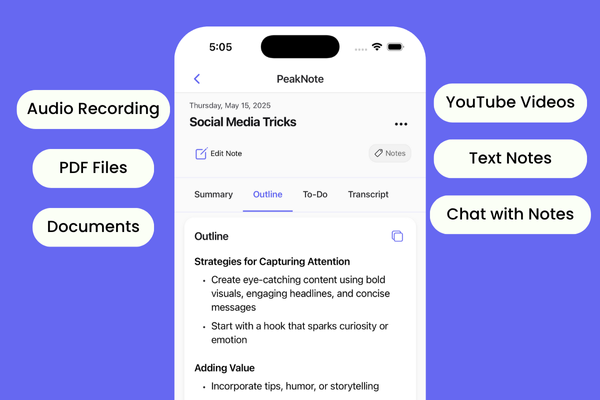Every time you open a webpage and load a webpage, there is a wait time before the webpage begins to load. Website visitors might think nothing of waiting a few seconds for the page to load, but they may not want to wait 8 seconds - and we don’t blame them.
It’s for this reason that any designer or developer should optimize their website page loading speed as much as possible if they want people to come back again and again and browse your site with ease.
How to know if my website is loading abnormally slow?
Check the average webpage loading time of the webpage you want to analyze. The most popular tools to use are Google PageSpeed Insights, Pingdom Website speed test, and Chrome/Firefox extensions like Speed Tester. These perform the site analysis and show their results immediately.
Use caching to improve load times
Caching is a technique for storing content in a saved cache file. It optimizes loading time by minimizing the time it takes to send pages to a web browser. Website administrators determine caching settings in a web server's configuration settings.
One key consideration for website owners is cache duration. The optimal duration should at least be set as a part of the first TTL file, but a lower limit might be a better idea.
The cache duration should not go over 24 hours to take into account any long-term interruptions that may arise with regular site usage.
Reduce Unnecessary Graphics
Images are one of the main culprits when it comes to slowing down your site. Unless your site is built for high-quality photographs, you can reduce stroke by 50% with these 3 little tricks:
- Use GIFs or PNG instead of JPEGs
- Resize images so they fit in the browser window below 760x758 pixels
- Reduce the size of images before uploading to the server
Simplifying your web page materials reduces the number of graphics, texts, and links you need to load before users can navigate around.
Compress HTML
By compressing HTML, you reduce the number of bytes for a resource to load. This results in a faster response time and a reduced page size which is necessary if your website loads slowly. Y
You can compress HTML with tools like minifycode and htmlcompressor.
Minify JavaScript and CSS Files
It is always a good idea to minify your JavaScript and CSS files. Serving a smaller file will speed up the loading of your website because each browser has a limit on the number of simultaneous connections it can have open for downloading files from your site. This is not just limited to larger JavaScript and CSS files - even a line or two in a file would be okay.
You can compress JavaScript and CSS with tools like minifycode and cleancss.
Use Gulp.js
One way to speed up page load time is to use popular front-end compression libraries such as Gulp. If you're unfamiliar with these, don't worry - it's fairly simple.
The tasks performed by web optimization tools like this separates code into manageable chunks and then deletes any unnecessary code before sending it to the browser.
Use CDN
CDN's offer the fastest and most reliable speed with networks around the world so your content can be delivered without any problems.
A Content Delivery Network or a CDN for short is a system that aims to deliver rich media files, such as videos/images/recent news stories from the nearest edge server.
Being closer to the end-user allows content delivery networks you provide for on-demand local caching vs. more expensive yet slower options, such as outdated on-premises servers.

